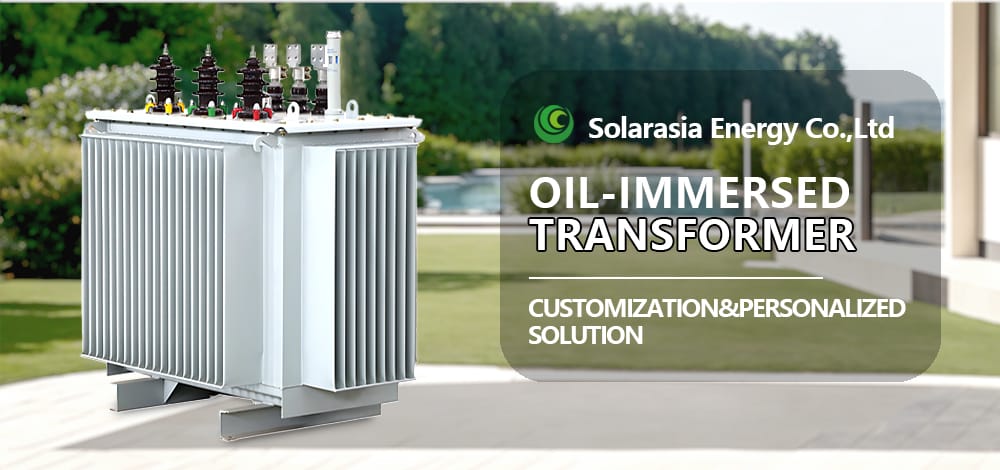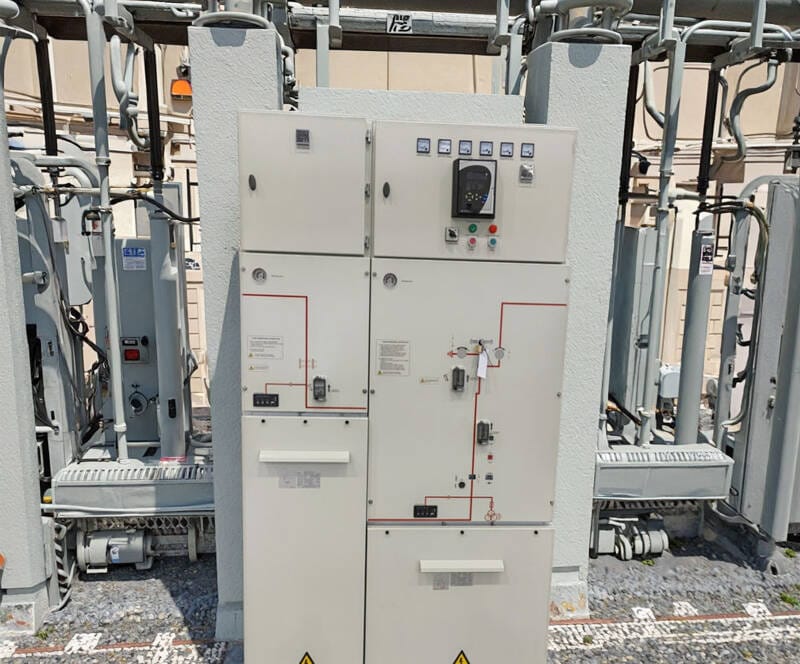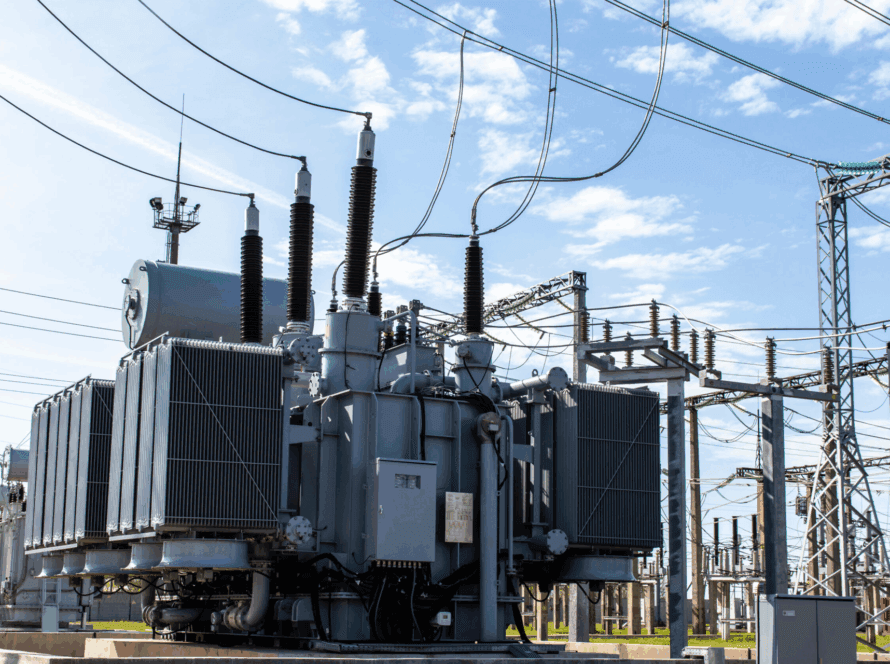I. Introduction: Why Transformer Reliability Matters
Transformers are the beating heart of every electrical network—responsible for stepping voltages up or down to ensure efficient energy transmission and safe distribution. From power plants to industrial factories, transformers enable seamless electricity flow across grids and facilities. But even the most durable transformer can experience operational failures if it is poorly maintained, overloaded, or exposed to harsh environmental conditions.
Understanding transformer failures is not just a matter of maintenance—it’s an essential part of ensuring electrical safety, minimizing downtime, and extending equipment lifespan. When a transformer fails, it doesn’t just interrupt power; it often results in costly repairs, lost production hours, and potential safety hazards. According to several studies, transformer-related outages account for over 20% of unplanned power interruptions in industrial networks.
In this article, we will explore the five most common transformer failures, discuss their root causes, and—most importantly—show you how to prevent transformer damage through effective design, monitoring, and maintenance practices.

II. Understanding Common Transformer Failures and Their Impact
Before analyzing specific failure modes, it’s important to clarify what a transformer failure means. A failure doesn’t always imply catastrophic breakdown—it can range from minor performance degradation to complete loss of function. Most failures originate from electrical, mechanical, or thermal stresses, compounded by inadequate maintenance or external contamination.
The most frequent transformer fault types include:
- Overheating and insulation breakdown
- Oil leaks and contamination
- Winding deformation and short circuits
- Moisture ingress
- Core and bushing failures
Each of these conditions develops differently, but they share one thing in common: they can be prevented with the right transformer maintenance strategy.
III. The Top 5 Common Transformer Failures
1. Overheating and Insulation Breakdown
Causes
Overheating is one of the most prevalent transformer failures in both dry-type and oil-immersed models. It is primarily caused by:
- Overloading: Sustained loads beyond rated capacity lead to excessive heat in windings.
- Poor cooling system performance: Blocked radiators, malfunctioning fans, or low oil circulation reduce heat dissipation.
- High ambient temperatures: Transformers in hot climates operate closer to their thermal limits.
- Harmonics and poor power quality: These can increase stray losses and local hotspots.
Consequences
Thermal stress accelerates insulation aging. As insulation materials (paper, oil, epoxy resin) deteriorate, dielectric strength drops, increasing the likelihood of short circuits or dielectric breakdown. Once insulation fails, internal arcing may occur, resulting in catastrophic transformer damage.
Prevention
- Install temperature sensors and alarms for winding and oil monitoring.
- Use thermal relays and automatic cooling controls.
- Regularly inspect radiators and fans to ensure unobstructed airflow.
- Avoid overloading: Monitor load profiles through SCADA or IoT systems.
- Oil testing: Periodically analyze dissolved gases (DGA) to detect overheating markers such as ethylene or methane.
By maintaining optimal operating temperature, you effectively extend transformer life and prevent insulation failure.
2. Oil Leaks and Contamination
Causes
Oil serves as both a dielectric medium and a coolant. However, over time, seal degradation, mechanical stress, or transport vibration can cause leakage. Other causes include:
- Corroded gaskets or seals
- Flange surface damage
- Loose bolts and fittings
- Physical impact during transportation or installation
Consequences
Even minor oil leaks can lead to reduced oil levels, causing overheating and moisture ingress. If oil comes into contact with dust or water, it loses dielectric strength, increasing the chance of partial discharges and short circuits. Moreover, oil leaks pose fire and environmental hazards.
Prevention
- Perform periodic visual inspections for oil seepage or wet patches.
- Tighten connections and replace worn-out gaskets immediately.
- Use oil-resistant materials and proper sealing compounds.
- Implement oil level sensors for real-time monitoring.
- Store and transport transformers in upright, vibration-minimized conditions.
Proper maintenance not only prevents oil leakage but also preserves transformer reliability and safety.
3. Winding Deformation and Short Circuit Failures
Causes
Transformer windings are designed to withstand high mechanical stress, but severe electrical or short-circuit events can deform or displace them. The main causes include:
- Short-circuit forces: Fault currents generate intense electromagnetic stress.
- Lightning or switching surges: Transient overvoltages can puncture insulation.
- Improper handling during installation.
- Vibration from transport or nearby machinery.
Consequences
Winding deformation changes the electromagnetic field distribution, leading to:
- Uneven flux leakage
- Reduced mechanical strength
- Partial discharges and turn-to-turn faults
- Complete internal short circuits
These issues often lead to transformer failure without visible external symptoms.
Prevention
- Install surge arresters and lightning protection devices.
- Conduct frequency response analysis (FRA) to detect winding deformation early.
- Avoid mechanical shocks during installation and transport.
- Ensure proper grounding and short-circuit coordination in the system design.
Through regular diagnostic testing, engineers can identify winding issues before they escalate, saving both time and cost.
4. Moisture Ingress and Contamination
Causes
Moisture is one of the most silent yet destructive enemies of transformer insulation. It can enter through:
- Degraded gaskets and seals
- Unprotected breathers or vents
- Poor storage conditions
- Condensation in humid environments
Consequences
Even a small amount of water can significantly reduce oil and paper insulation’s dielectric strength. This results in:
- Partial discharge
- Corrosion of metal components
- Insulation breakdown
- Accelerated aging
Prevention
- Keep transformers sealed with high-quality gaskets and silica gel breathers.
- Regularly replace silica gel when it turns pink, indicating saturation.
- Perform oil moisture analysis to ensure ppm levels remain within acceptable limits.
- Install temperature and humidity monitors in storage facilities.
Moisture control is fundamental to prevent transformer damage and ensure long-term stability.
5. Core and Bushing Failures
Causes
Transformer cores and bushings are often overlooked but crucial components. Common causes of failure include:
- Loose core laminations causing localized heating and eddy current losses.
- Improper grounding of the core.
- Aging or cracked bushings that allow moisture ingress.
- Contaminated porcelain surfaces leading to tracking or flashovers.
Consequences
Core issues can result in higher no-load losses, overheating, or audible noise. Bushing faults may lead to surface discharges, explosions, or even fire.
Prevention
- Inspect bushings for cracks and discoloration during every maintenance cycle.
- Measure insulation resistance (IR) and capacitance periodically.
- Ground cores properly and verify connections during commissioning.
- Use infrared thermography to detect abnormal heating.
Proactive monitoring ensures safe transformer operation and reduces the risk of catastrophic failures.
IV. Transformer Maintenance Best Practices to Avoid Failures
Preventing failures requires a systematic and predictive approach to transformer maintenance. A robust maintenance plan includes:
1. Routine Inspection Schedule
- Visual inspection: Oil leaks, corrosion, and unusual noise.
- Electrical testing: Insulation resistance, winding resistance, and turns ratio tests.
- Thermal imaging: Identify hotspots early.
- DGA (Dissolved Gas Analysis): Detect internal faults such as arcing or overheating.
2. Oil and Moisture Management
- Keep oil levels consistent and clean.
- Replace or filter oil periodically.
- Use vacuum drying for moisture removal during overhaul.
3. Data-Driven Condition Monitoring
Modern transformers can integrate sensors that continuously track temperature, load, voltage, and vibration. Data analytics platforms enable engineers to identify fault trends and schedule preventive actions.
4. Staff Training and Safety
Ensure your maintenance team understands safe handling, grounding procedures, and the importance of cleanliness during servicing. Operator awareness directly impacts transformer reliability.
5. Record Keeping
Maintain detailed maintenance logs, test reports, and fault history. These records help track performance degradation over time and improve predictive maintenance accuracy.
V. How Modern Monitoring Systems Help Prevent Transformer Failures
The evolution of smart transformer monitoring has revolutionized preventive maintenance. Internet of Things (IoT) devices and AI-based analytics allow continuous real-time data collection.
Key technologies include:
- Temperature and vibration sensors detecting abnormal operating conditions.
- Partial discharge monitoring to identify insulation weaknesses.
- Oil quality sensors for tracking gas content and moisture.
- Cloud-based dashboards offering remote diagnostics.
By leveraging these technologies, operators can transition from reactive to predictive maintenance, preventing transformer failures before they occur.
This proactive approach minimizes downtime, optimizes energy efficiency, and reduces total lifecycle costs—essential for industrial clients seeking reliability and long-term savings.
VI. Conclusion: Building Reliability through Prevention
Transformers are critical assets in every power distribution system, and their performance directly impacts operational continuity and energy efficiency. While failures are inevitable over time, most transformer failures result from preventable causes—overheating, oil leaks, winding deformation, moisture ingress, and component degradation.
By implementing a structured maintenance plan, leveraging smart monitoring technologies, and maintaining strict installation standards, operators can extend the life of their transformers and significantly reduce unplanned outages.
At Anhui Solarasia Energy Technology Co., Ltd, we are committed to delivering high-quality, durable, and efficient transformer solutions that meet the evolving demands of modern industries. Our products are designed for reliability and built with precision to perform under the most challenging conditions.
To learn more about our transformer technologies and maintenance solutions, visit our website: 🌐 https://solarasiapv.com/


